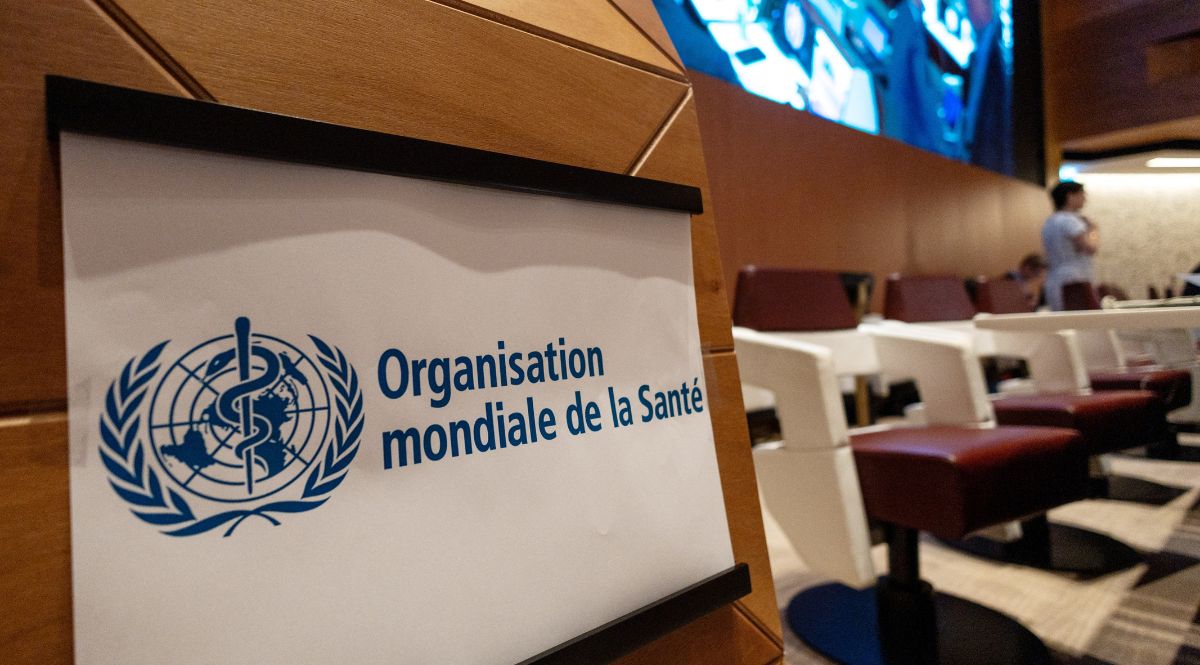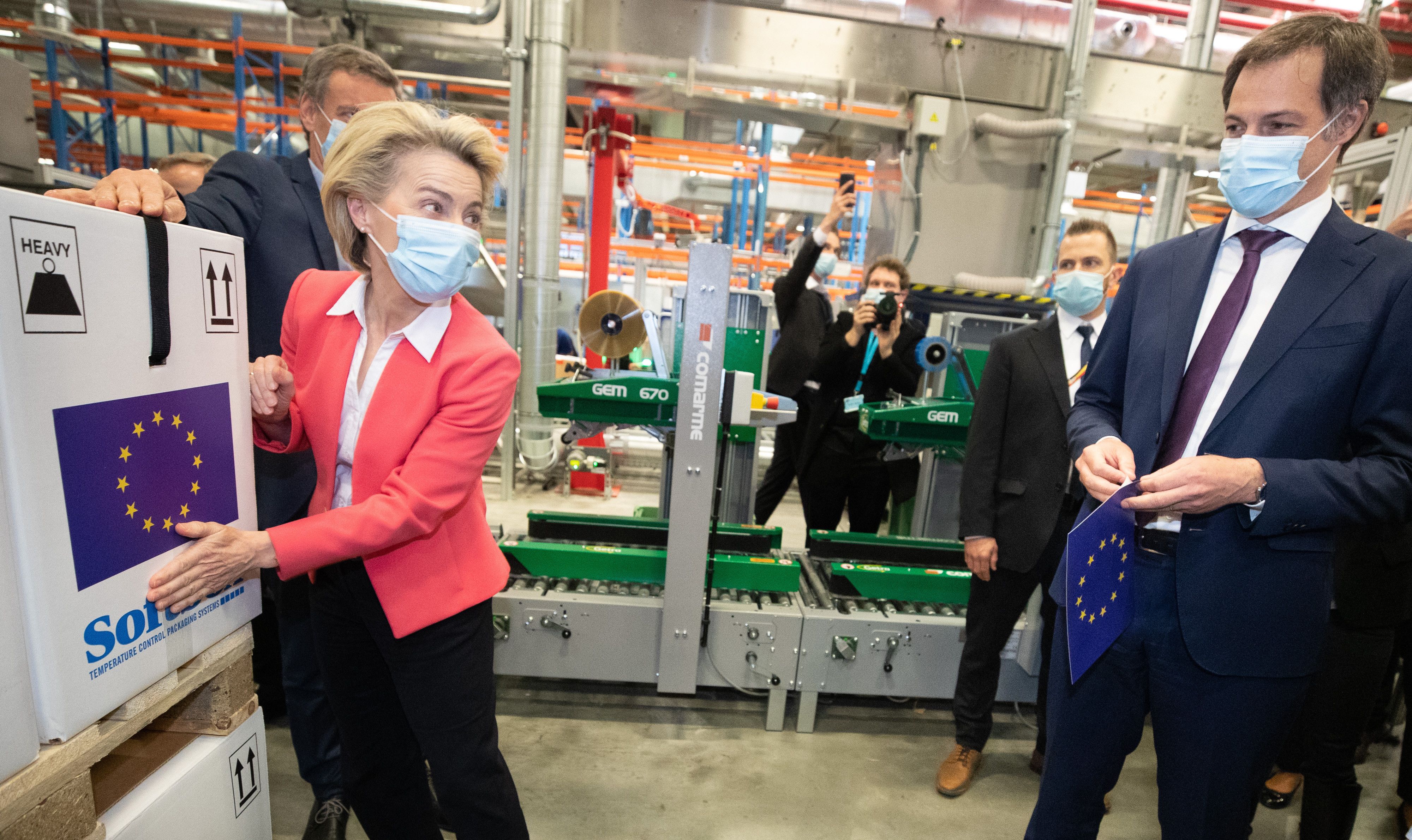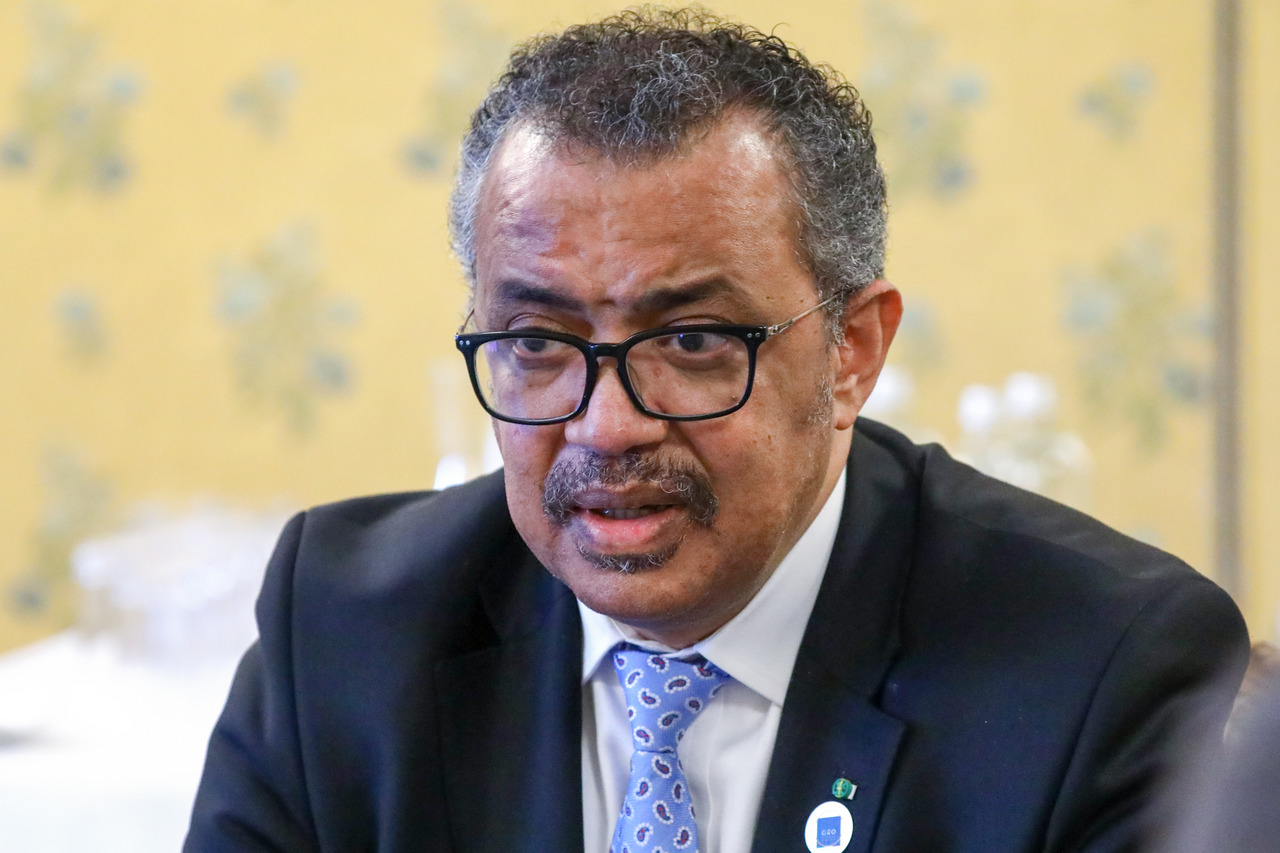Changes in WHO Regulations on International Public Health Risks Advance Slowly
The results of the annual meeting of the World Health Assembly (WHA), the main decision-making body of the WHO, which concluded in June, are mixed. Countries succeeded in amending legislation on the prevention and response to health threats with an international dimension. However, they did not reach consensus on a pandemic treaty, the negotiation of which has been prolonged. The changes made to the global public health governance system are too cursory to result in a significant strengthening of the system and further action will be needed.
 Denis Balibouse / Reuters / Forum
Denis Balibouse / Reuters / Forum
Major Achievement
A success for the WHA was the successful conclusion of the negotiations that began in 2022 to amend the 2005 International Health Regulations (IHR), the core set of standards governing the prevention of and response to international health threats. The IHR amendments will come into force for all countries unless they reject them within 18 months, and so far, scepticism has been expressed by only Argentina, Russia, and Slovakia.
The IHR amendment introduced several important solutions, addressing some of the concerns raised by WHO bodies assessing the international community’s response to the COVID-19 pandemic. First of all, it established a new special alert level. Until now, under the IHR, WHO could only declare a public health emergency of international concern (PHEIC), regardless of the scale of the threat. After the changes, in the case of diseases posing, for example, a high risk of rapid spread between countries or substantial social or economic disruption, it will additionally be able to declare a pandemic emergency. Also, to improve the implementation of the IHR, which, despite their adoption in 2005, still leave much to be desired, the amendment established a Committee of States Parties to assist states in this regard, promote cooperation between them, and provide technical assistance. Parties to the IHR (the 194 WHO states, Liechtenstein and the Holy See) are also to designate national authorities to implement the legislation and combat public health disinformation. The amendments also introduced a commitment by IHR parties to solidarity, equality, and mutual support in developing capacities to combat health threats, including access to medical products and related funding. This is to be assisted by the newly created Coordinating Financial Mechanism, identifying the needs of developing countries and ensuring that they have access to funds to develop these capacities.
Changes to the IHR are positive, but too limited to significantly improve the international community’s ability to better respond to major public health threats. The creation of two alert levels instead of one will allow the WHO to better influence the behaviour of states, prompting them to respond more or less forcefully depending on the type of alert declared, and the establishment of special bodies may in the medium term help improve the extent of IHR implementation. However, the arrangements on access to medical products and financial support are too general to make a qualitative difference and it is still necessary to regulate these issues more precisely in a pandemic treaty. The disadvantage of the IHR is still the lack of an effective mechanism to enforce its provisions and unilaterally sue a state in breach of its IHR obligations before an international court (which the U.S., for example, could not do during the COVID-19 pandemic despite its allegations against China). Although some countries wanted the Committee of States Parties to oversee compliance with the IHR, they did not succeed and parties to disputes will still only be able to refer them to the WHO Director-General, which they do not do because they see no chance of this measure succeeding for political reasons. Contrary to the aspirations of the U.S. in particular, there has also been no introduction of strict and short deadlines for the transmission of information on health risks or the abolition of WHO’s obligation to maintain the confidentiality of this information obtained from states, which was a major problem during the COVID-19 pandemic.
Pandemic Treaty Discussion
It will be difficult to make a qualitative breakthrough in global public health governance without the adoption of a pandemic treaty. However, countries have failed to agree on its final content, despite the efforts of the EU, its main proponent, due to deep divisions between developed and developing countries. Although they tentatively agreed on the need to deconcentrate the production of vaccines and medicines globally and to support the transfer of medical technology to developing countries, discussions on the details have stalled. The main point of contention is the planned PABS system, the mandatory sharing of medical products by developed countries with developing countries in exchange for the transfer of information on new pathogens. The draft envisaged PABS coverage in the event of a pandemic of 20% of all production of vaccines and medicines, among other things, but developed countries are sceptical about this amount. They also have reservations about the modalities of financial support for developing countries, the transfer of medical technology and know-how, and the operation of the planned Global Supply Chain and Logistics Network under the aegis of the WHO, which would help to ensure equal access of countries to medical products. Developing countries, on the other hand, are not enthusiastic about basing the treaty on the WHO’s “One Health” approach, which, among other things, calls for greater control of the animal trade to prevent the spread of zoonotic diseases to humans (an estimated 75% of new infectious diseases have such origins; these include H1N1, avian flu, and COVID-19). They are concerned about the cost of needed regulatory actions and the negative consequences for their agricultural sectors. As with the IHR, the draft treaty also currently lacks effective mechanisms to enforce its provisions, which may render them largely ineffective.
Tensions over the treaty almost led to the conclusion of this year’s WHA meeting without the adoption of the IHR amendment. It was only possible thanks to the agreement of a group of developed (e.g., France, Germany, New Zealand, U.S.) and developing countries (especially Saudi Arabia, Indonesia, Kenya). It enabled the African group to be persuaded to accept the IHR changes despite the non-adoption of a pandemic treaty (which African states care most about, mainly because of the planned mechanisms for developed countries to share pharmaceuticals and medical technologies). A group of African states feared that Western countries—mainly those in the EU, plus Japan, the U.S., and the UK—would be unwilling to negotiate the treaty further if amendments to the IHR that were important to them (especially the U.S.) were adopted earlier. In the end, the decision was taken to extend the treaty talks by one year, until the WHA meeting in May 2025.
Conclusions and Outlook
The amendment of the IHR is a moderate diplomatic success for the U.S., which was the main initiator of the process. It is also proof that, despite the tensions in international relations, developing and developed states are able to work out common solutions (this was emphasised by the EU and China, among others). It can be assumed that countries in general will not reject the IHR amendment and that the amended rules will come into force for the vast majority of them. However, Russia and Slovakia may break from this group, which for Poland would mean higher health risks from these neighbours, which would have to be taken into account in the national plan for preventing and responding to cross-border health threats. However, the IHR changes analysed represent the lowest common denominator and are not groundbreaking. The global public health governance system needs to be further strengthened, and this is particularly true for risk communication and enforcement of the IHR.
Although the pandemic treaty negotiations could not be concluded during the WHA, the adoption of such a treaty is necessary to maintain the credibility of the West vis-à-vis developing countries, which have been conditioning their agreement to amend the IHR on it. Moreover, in the event that there is no agreement on the treaty, massive rejection of the IHR amendments by these states, causing a return to square one, is still possible. In the face of strongly divergent positions, there is a risk of a treaty with vague commitments and no enforcement mechanisms. But if Donald Trump wins this November’s U.S. presidential election, it could lead to a breakdown of negotiations or a U.S. withdrawal from the treaty (if agreed earlier), as well as result in the U.S. leaving the WHO again, as demanded by the circle supporting Trump.
In view of the modest scale of changes to the IHR and the unclear prospects of the treaty (including its effectiveness), it would be desirable for Poland to pre-emptively improve its own capacities to prevent public health threats with an international dimension by strengthening the health system in this sphere. It would also be desirable to seek to improve capacities within the EU, such as the manufacture of medicines and vaccines in the Union, and to increase the consistency of regulations for the control of communicable diseases.





_sm.jpg)